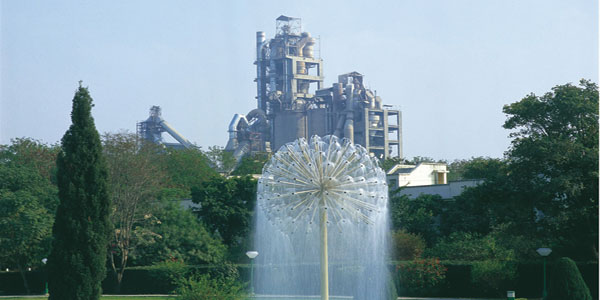Reducing India's CO2 footprint
India’s rapidly-expanding cement industry can reduce its carbon emissions by nearly half by 2050, according to the technology roadmap published by the International Energy Agency and the World Business Council for Sustainable Development. However, reducing the sector’s carbon footprint will require many varied steps and a joint effort by its stakeholders.

India’s cement industry can be considered, by some measures, one of the most efficient
in the world and it has made great strides in lowering its carbon footprint
The Indian cement industry – the world’s second largest after China – can be considered one of the most efficient in the world: nearly 99 per cent of cement capacity uses dry-process technology and around half of total capacity has been built in the past decade. As a result, the sector has made great strides in lowering its carbon footprint. While in 1996, its total CO2 emissions averaged 1.12t CO2/t cement, various initiatives have seen this figure fall to 0.719t by 2010. Total carbon dioxide emissions in 2010 were limited to 137Mt.
However, going forward, CO2 emissions are expected to reach between 488-835Mt CO2 by 2050 – a 255-510 per cent increase compared to current levels – if a ‘business-as-usual’ scenario is followed. This is on the back of higher domestic cement demand, which is expected to rise to 465-810kg/capita in 2050. Annual cement production is estimated to reach between 780-1360Mt by the end of the study period.

